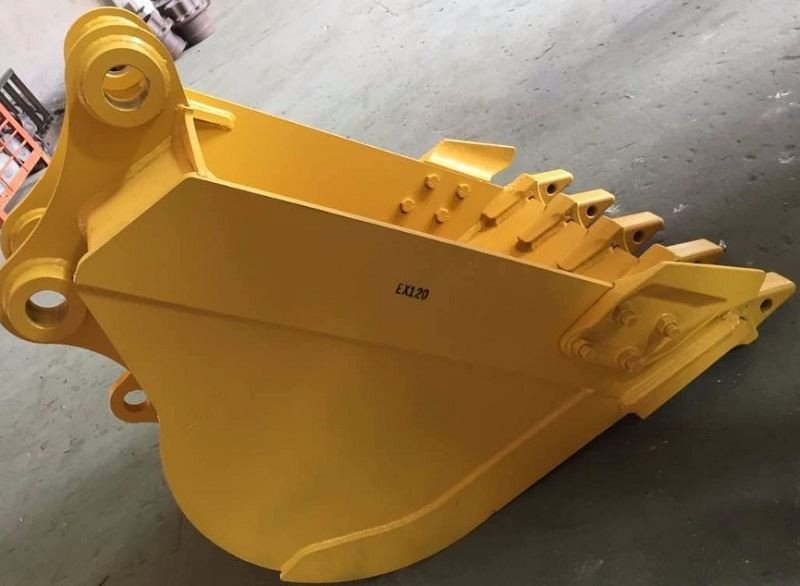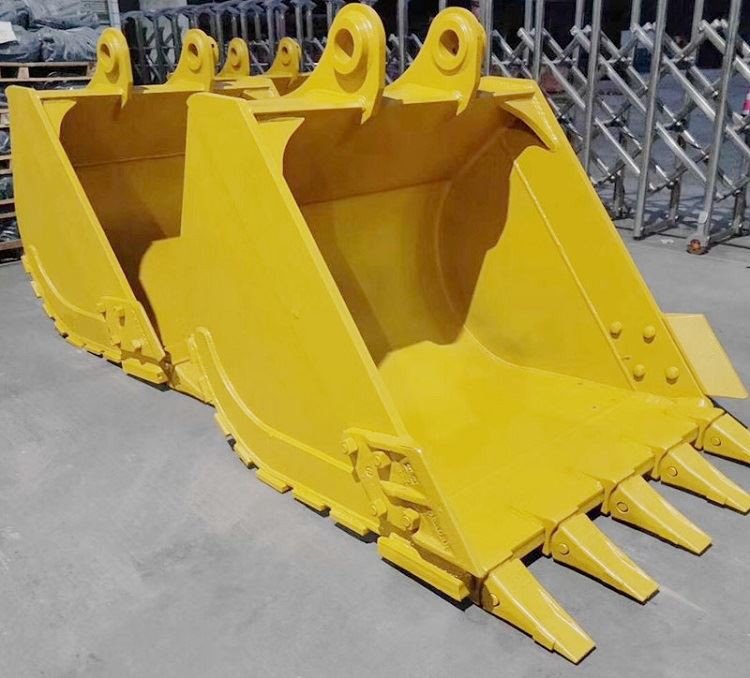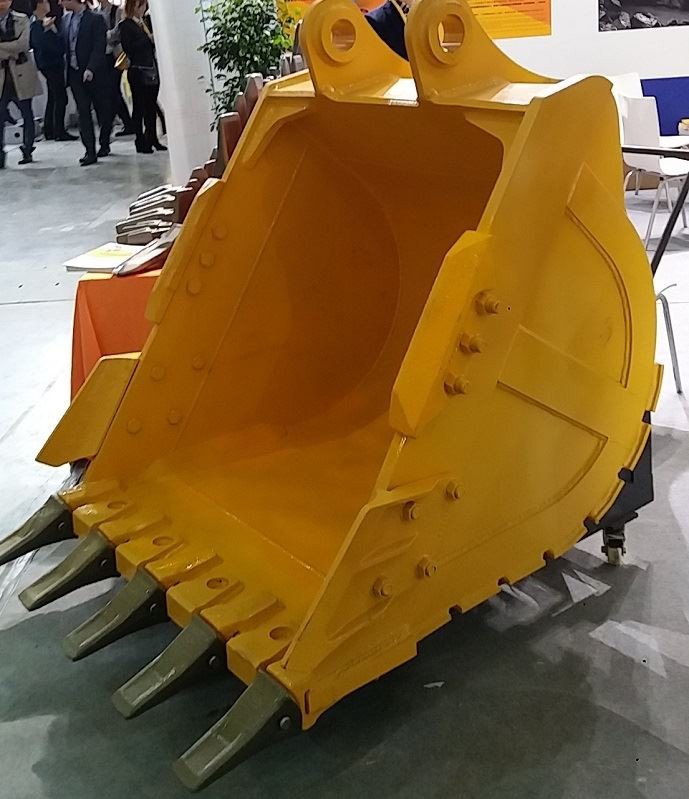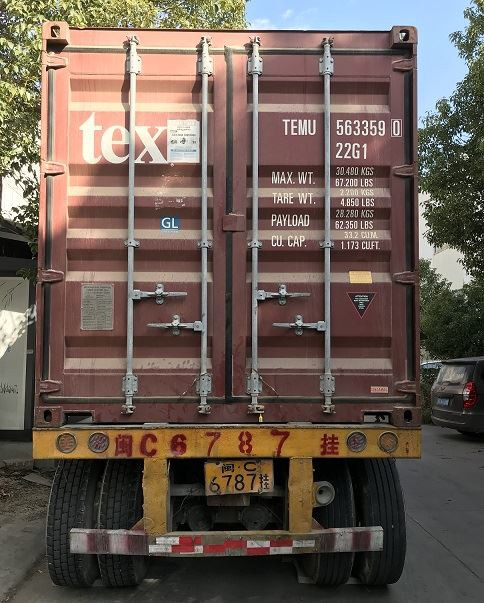Brief Introduction
Excavators, as one of the most favored equipment in the construction machinery industry, are widely used in mining, water conservancy, urban construction and other occasions. And users in this industry know that excavators will choose different work accessories for different occasions. But for a variety of working conditions, excavator buckets alone, there are more than ten kinds of categories, each has its special features. Then, the following part will take you to know the three most common excavator buckets. Have them will certainly make your equipment like a tiger wings!
Excavator bucket types
Standard Bucket
Standard buckets are more commonly found on small and medium-sized excavators, with standard plate thickness and no visible reinforcement process on the bucket body. It has a large bucket capacity, a large bucket mouth area, a large stacking surface, and therefore a high filling factor, high efficiency, and low production cost. It is suitable for lighter operating environments such as excavation of general clay and loading of sand, soil and gravel, and is also known as an earth bucket. The disadvantage is that it has a shorter life span due to the small thickness of the plate, the lack of reinforced version, anti-wear plate and other strengthening processes.

Reinforced bucket
Reinforced bucket is a bucket that is reinforced with high-stress and wear-resistant steel material on the basis of the original standard bucket, which not only inherits all the advantages of the standard bucket but also improves the strength and wear resistance and extends the service life greatly. It is suitable for heavy-duty work such as excavation of hard soil, soft stone, gravel and gravel loading.

Rock digging bucket
The rock digging bucket as a whole is made of thickened plates, with reinforced plates at the bottom, increased side guards, installed protection plates, and high strength bucket tooth holders, suitable for heavy working environment such as loading of stones, sub-firm stones, weathered stones, solid stones, and ores after blasting. It is widely used in harsh working conditions such as ore mining.




